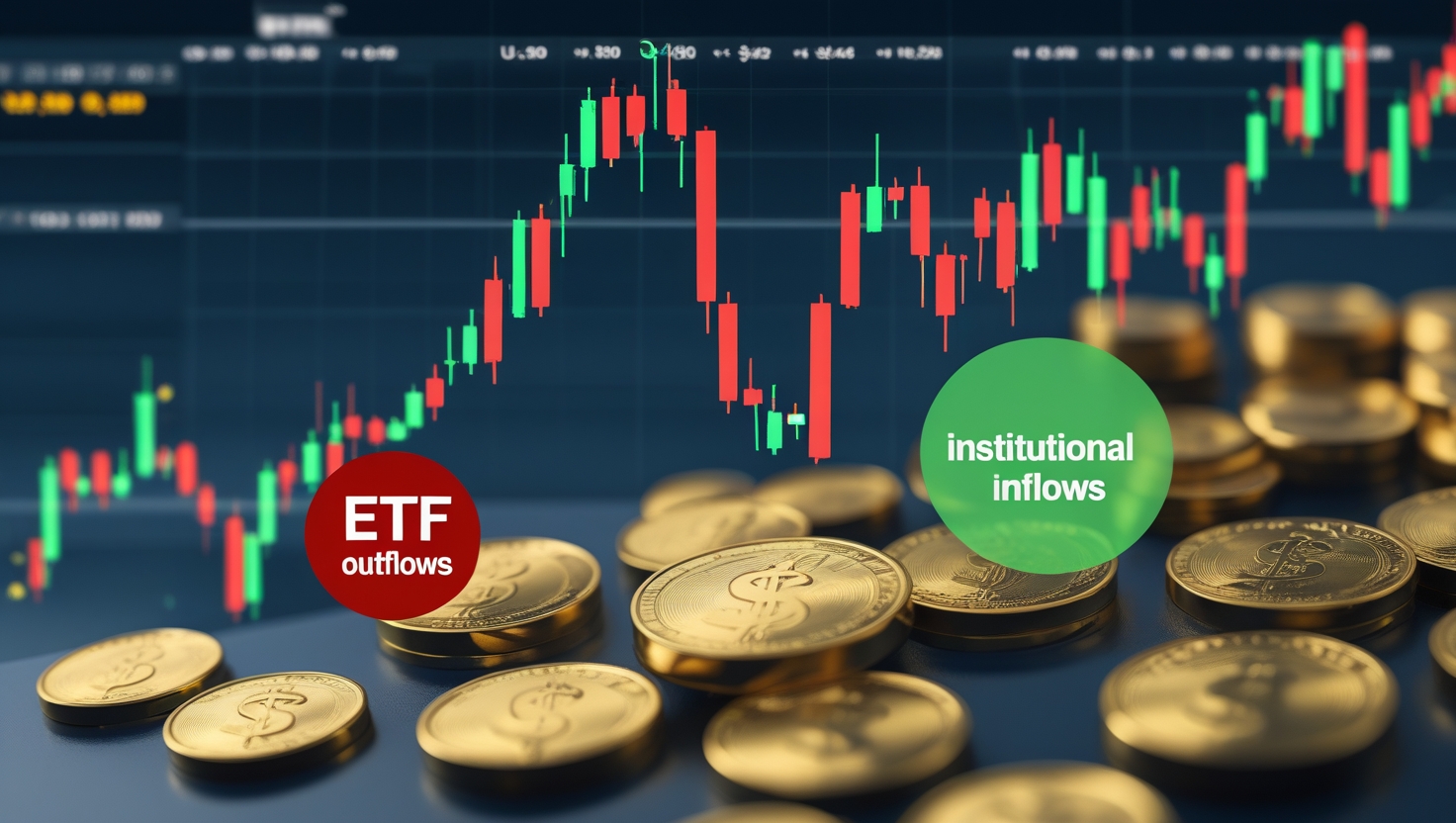
Gold Holds Steady Amid Retail ETF Outflows as Institutional Demand Balances Market
Gold Prices Stabilize Despite ETF Selling Pressure
In recent trading sessions, gold has shown signs of stabilization despite ongoing outflows from retail-focused exchange-traded funds (ETFs). According to Daniel Ghali, Senior Commodity Strategist at TDS, Chinese ETFs sold approximately 64,000 ounces last session — a figure that overshadowed inflows of +27,000 ounces from global, non-Chinese ETFs. While these outflows are notable, they remain relatively small compared to the scale of previous inflows, suggesting additional selling pressure may be coming from other market participants.
Despite this, gold prices have managed to hold their ground, currently fluctuating below the key psychological level of $3,200 per troy ounce . This consolidation phase suggests that broader market forces are counterbalancing the impact of retail-driven ETF outflows.
Market Structure Favors Gold Stability
Several key dynamics are contributing to gold’s resilience:
CTA Funds Remain Passive : Trend-following Commodity Trading Advisors (CTAs) have not significantly reduced their long positions, which typically only happens during major price drawdowns.
Macro Hedge Funds Neutral : Major macro hedge funds are largely flat in their positioning, indicating no aggressive bets against gold at this stage.
Shanghai Traders Buying the Dip : Top traders in Shanghai have been actively accumulating gold after reaching their lowest position levels in over a year. Since gold prices peaked around the Chinese holiday period, these traders have added approximately 685,000 ounces of physical gold to their holdings.
These developments point to a market where institutional and central bank demand is helping offset the weaker sentiment seen among retail investors.
Rising Open Interest Suggests Short-Term Positioning Shifts
An increase in COMEX gold open interest hints at some short-term positioning changes, potentially including modest short-selling activity. However, the magnitude of such moves remains limited, reinforcing the view that current price action is more reflective of consolidation than a fundamental reversal in trend.
Unless macro funds decide to build a substantial net short position, the continued strength in institutional and central bank buying should be enough to absorb any further ETF-related selling pressure.
The Dollar’s Role in Gold’s Resilience
One of the more compelling arguments for gold’s underlying strength lies in the evolving role of the U.S. dollar. Analysts note that while the USD retains its status as the world’s primary reserve currency, it appears to be losing some of its appeal as a store of value . This shift is especially evident in how gold has resisted downward pressure even amid what could be considered “worst-case” scenarios for the metal — including weak ETF flows and rising bond yields.
This dynamic creates what TDS describes as an asymmetric trade opportunity , where the downside risk appears limited while the potential upside remains significant if broader macroeconomic or geopolitical conditions deteriorate.
Conclusion: An Asymmetric Trade in Gold Emerges
Gold's ability to hold steady despite recent ETF outflows underscores a shifting market structure. Institutional accumulation, particularly from Asian markets, combined with persistent central bank demand, continues to provide critical support. At the same time, the greenback’s diminishing reputation as a safe-haven asset is quietly reshaping investor behavior.
While gold may appear stuck in a consolidation phase, the underlying fundamentals suggest it is well-positioned for a potential breakout — especially if macroeconomic uncertainty intensifies or the dollar continues to lose its luster. For now, the precious metal remains in a quiet but strategic moment, setting the stage for what could become a defining move in the months ahead.
